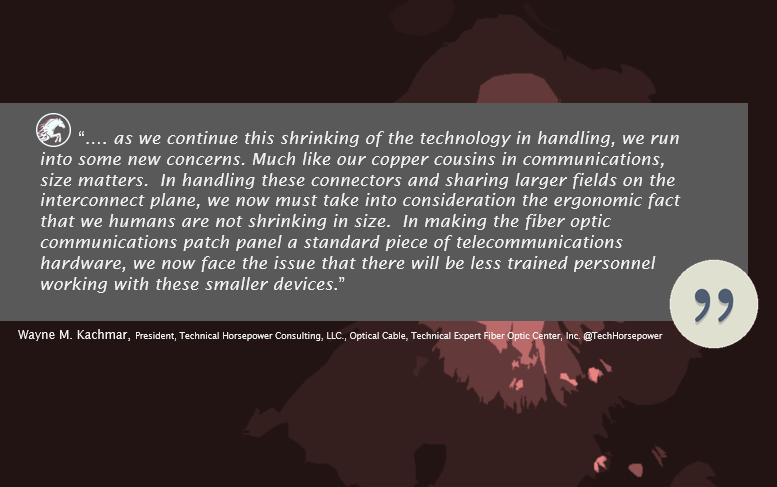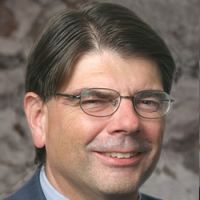Looking back at the fiber optic cable industry over two to four decades, I notice the trend, as in everything, is to make each device smaller and more feature-filled.
This is true in connectors, cables, transceivers etc. Perusing my collection of old fiber optic equipment, I am amazed that some of the early systems were even considered viable for field use.
Over the Years
My collection includes a circa 1980 optical cleaver that used three hand micrometer stages to position and cleave an optical fiber. The unit is about the size of a large laptop and three times as thick. Additionally, a 1980’s Deutsch connector, about the size of a typical phone jack, resides in this collection.
These items would be inconceivable in today’s world as they take up too much room and require far too many specialized skills to operate. On average, it would take about 30 minutes to strip and cleave a fiber and about 60 minutes to connectorize and test one.
Over the years, we have steadily improved all the components of optical communication to levels not thought of in 1980. Today we have connectors that can be installed in 1 to 2 minutes and cables that are approximately 800 times denser than in 1980. This typically follows the semi-conductor curve and should be expected.

Size Matters
However, as we continue this shrinking of the technology in handling, we run into some new concerns. Much like our copper cousins in communications, size matters. In handling these connectors and sharing larger fields on the interconnect plane, we now must take into consideration the ergonomic fact that we humans are not shrinking in size. In making the fiber optic communications patch panel a standard piece of telecommunications hardware, we now face the issue that there will be less trained personnel working with these smaller devices.
We need to understand the human factor as we shrink the real estate of our equipment to accommodate the ever-growing demand for information exchange. The information exchange can be
- between people
- between people and machines or
- between machines in the ‘internet of things’ (where we do not even see the machines exchanging information with each other on our behalf)
Therefore, the question comes down to: Can we continue to shrink our equipment and still allow humans to handle, configure or change it?
Considering Rapid Repair Needs
The aerospace and military use of optical fibers systems have specifications about the accessibility of their systems for rapid repair. I believe that it is time we consider a similar toolset, either software or hardware, that can mimic the requirement for our network systems. As several recent weather events have shown us we may need to rapidly repair networks and need to be aware that accessibility and the ability of intuitive repair processes for less familiar or trained personnel needs to be added in the mix of our next level of design. The goal should not be to limit next generation concepts but rather to include the lessons learned from previous experiences. The use of soft Virtual reality systems only works if the systems can work independently of the damaged network. The same is true of proprietary interconnect systems and schemes.
Conclusion
While there are many competing systems and ideas that all have merit. We need to consider a common repair methodology as we continue to improve, add features and shrink our technology.



